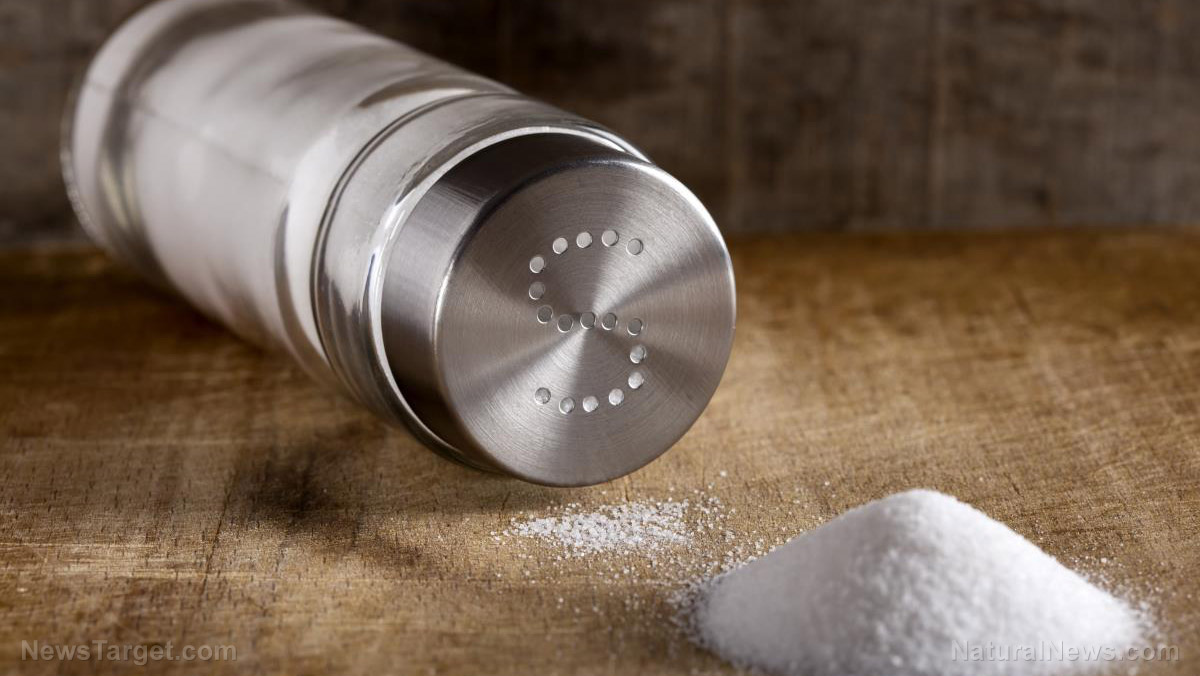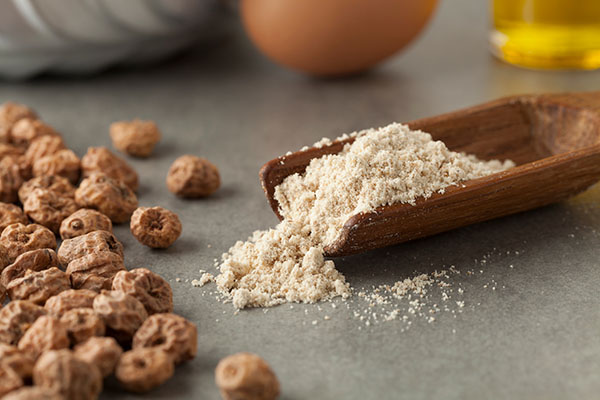
Advertisement
Salty foods like French fries or potato chips taste good, but these unhealthy snacks are bad for you because they’re high in sodium. According to a study, a salt-rich diet can harm your immune system.
Monitoring your salt intake is crucial for your overall well-being because too much salt can result in high blood pressure, a condition that increases your risk for heart attack and stroke.
The World Health Organization (WHO) has a standard recommendation of only five grams of salt per day. This is equal to about one level teaspoon, but sodium is often added to processed foods, along with the extra salt you may use when cooking at home.
According to the WHO, the average person likely consumes more than five grams of salt, with the average estimate of daily salt consumption amounting to at least nine to 12 grams. The organization added that reducing salt intake is one of the most cost-effective ways to improve health.
What happens when you consume too much salt?
The study is the first to prove that excessive salt consumption significantly weakens the immune system.
Katarzyna Jobin, lead author, explained that they had previously put some of the mice subjects on a high-salt diet. According to the results, the spleen and liver of these animals contained 100 to 1,000 times the number of disease-causing pathogens.
The scientists also observed that urinary tract infections (UTIs) in mice on a high-salt diet healed at a slower rate than in mice on a normal diet.
For the study, the research team examined the effects of a high-salt diet on both mice and humans. The mice fed a high-salt diet had “much more severe bacterial infections.”
Meanwhile, the human volunteers who consumed an extra six grams of salt every day developed “pronounced immune deficiencies.”
After only one week of extra salt, the human blood samples revealed that immune cells were faring much worse against bacteria compared to the pre-salt diet change. Findings also showed that consuming too much salt can trigger the kidneys and prompt the buildup of glucocorticoids, a hormone, in the body.
Glucocorticoids impair granulocytes, the most common type of immune cells in the blood. This makes it harder to protect your body from bacteria efficiently.
Like other kinds of food, it’s best to consume salt in moderation.
Prior to the study, the connection between salt consumption and immunity wasn’t fully understood. Follow the five-gram-per-day standard so you don’t compromise your heart and immune health.

10 Ways to reduce your salt intake
If you’re worried about your immune health and eating habits, follow the tips below to cut down your salt intake.
Breads and rolls
Bread is very salty and a slice contains about 100 to 200 mg of sodium. Worse, you also eat a lot of it.
Instead of having toast or a bagel for breakfast, have a bowl of oatmeal prepared with only a pinch of salt. Alternatively, you can serve nutritious whole grains like barley, brown rice, farro or quinoa.
Burritos and tacos
Burritos and tacos are popular Mexican dishes that often use several high-salt ingredients like white flour tortillas (an 8-inch diameter tortilla contains about 400 mg of sodium), cheese, seasoned, salty beans and meat.
Replace white flour tortillas with whole-grain corn tortillas, which only have five mg of sodium each. For fillings, use grilled chicken or a white fish.
Add low-sodium canned beans, then top burritos and tacos with chopped vegetables and salsa.
Cheese
The amount of sodium in cheese varies widely, even among the same varieties, so always check the labels. Blue cheese and feta cheese are among the saltiest varieties, while goat cheese and ricotta are on the lower end.
Try low-sodium cheese or substitute small amounts of finely grated, savory hard cheeses like Parmesan or Romano as a replacement for other cheeses.
Chicken
Chicken is a popular protein source but since it’s often prepared in commercial kitchens, it also contains added salt. Rotisserie or fried chicken from a grocery store or restaurant may contain up to four times the sodium content of plain chicken that you’ve prepared at home.
Instead of buying fried chicken, bake or saute plain chicken breasts seasoned with salt-free herb blends.
Cold cuts and cured meats
Cold cuts and cured meats like bacon, deli or luncheon meats, ham, hot dogs, salami and sausage are high in sodium chloride (salt) and sodium nitrate, a preservative, which further boosts the sodium count.
When making sandwiches at home, cook your own fresh chicken or turkey breast.
Eggs and omelets
An egg only contains 62 mg of sodium, but it’s included in the list because egg contains more salt when cooked with other ingredients and prepared using certain cooking methods. Most fast-food egg breakfast sandwiches are made with cheese and ham on an English muffin, while omelets often contain bacon, cheese and ham.
To reduce your salt intake, make your own poached or soft-cooked eggs at home.
Pizza
Essential pizza ingredients like the crust, sauce and cheese contain a lot of salt. Adding cured meats such as pepperoni or sausage adds even more sodium to your pizza.
To limit your salt intake, make pizza at home with a whole-wheat, pre-baked pizza crust with low-sodium pizza sauce and slivers of part-skim mozzarella or other light cheeses.
Top with sliced bell peppers, mushrooms, or other vegetables, then bake at 450 F until the cheese melts.
Sandwiches
Like pizza, most sandwiches contain salty ingredients like bread, cheese, cold cuts and cured meats.
To make a healthy sandwich, use lots of veggies like avocado, lettuce and tomato. Skip the cheese and add hummus or pair peanut butter with sliced apple or banana.
Savory snacks
Savory snacks like chips, crackers, popcorn, pretzels and snack mixes are usually very salty. Cut down the salt by using low- or reduced-sodium versions of these snack foods.
Soups
Some varieties of canned soup contain as much as 940 mg of sodium per serving. Instead of buying regular canned soup, opt for low- and lower-sodium varieties.
Alternatively, you can make a large batch of homemade soup and add just enough salt to taste. Freeze homemade soup in individual serving containers for convenience.
Monitor your salt intake and replace salt with herbs and spices to maintain your overall well-being.
Sources:
Advertisements







